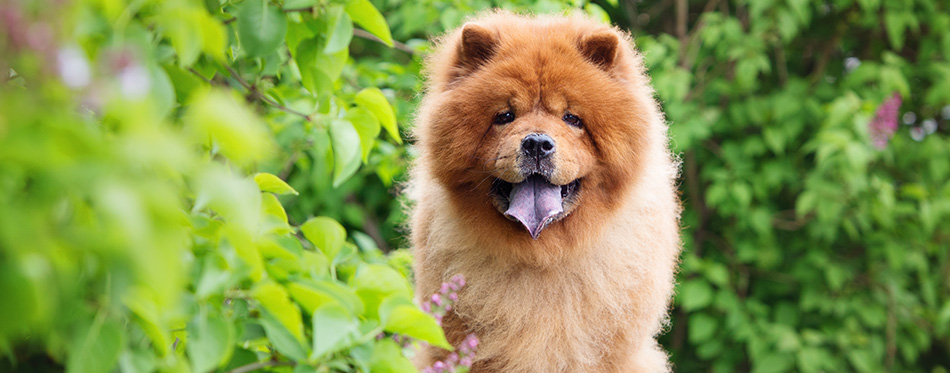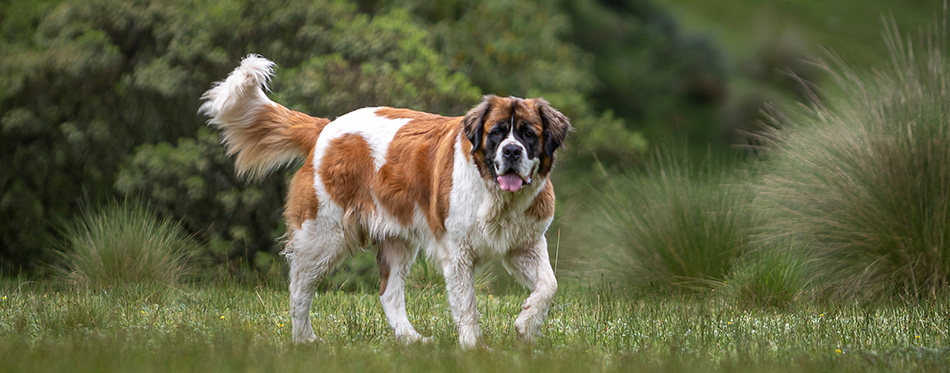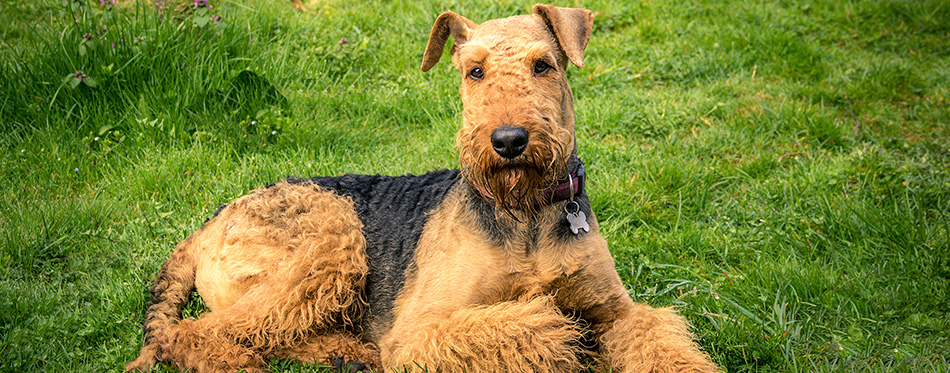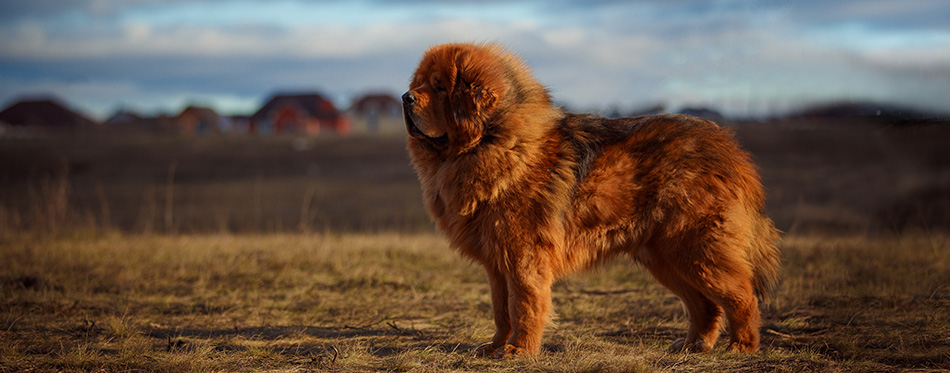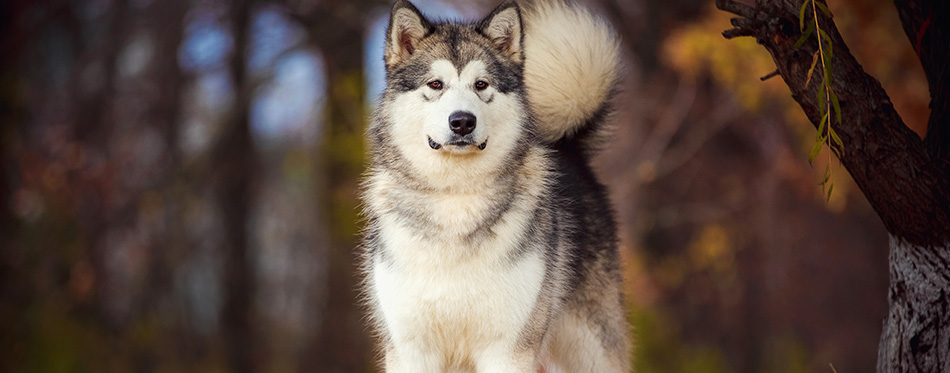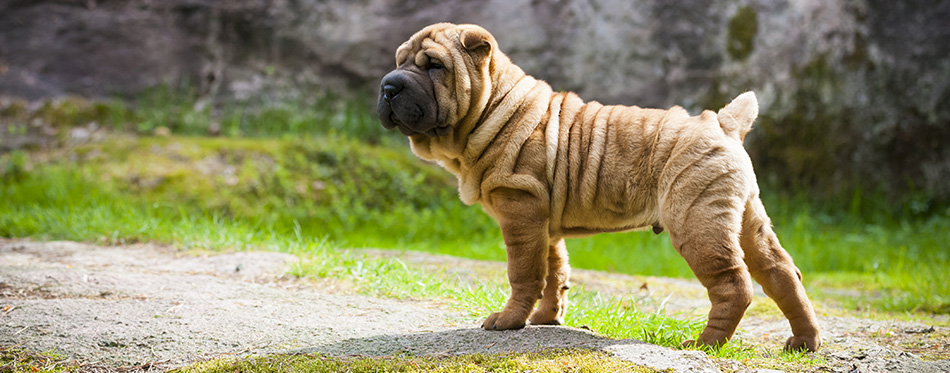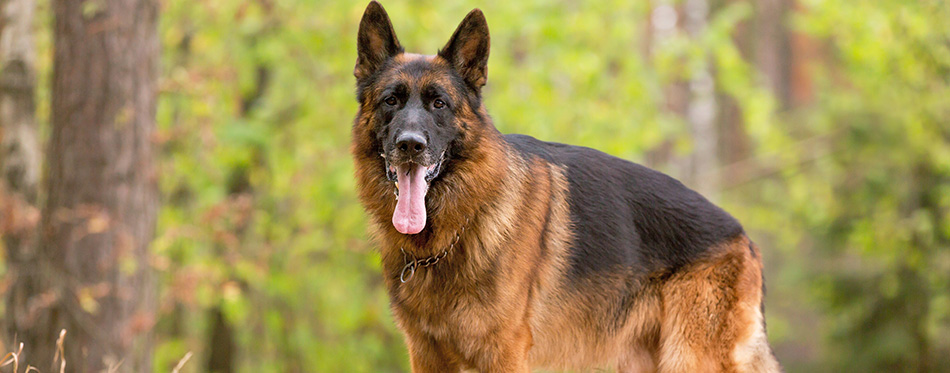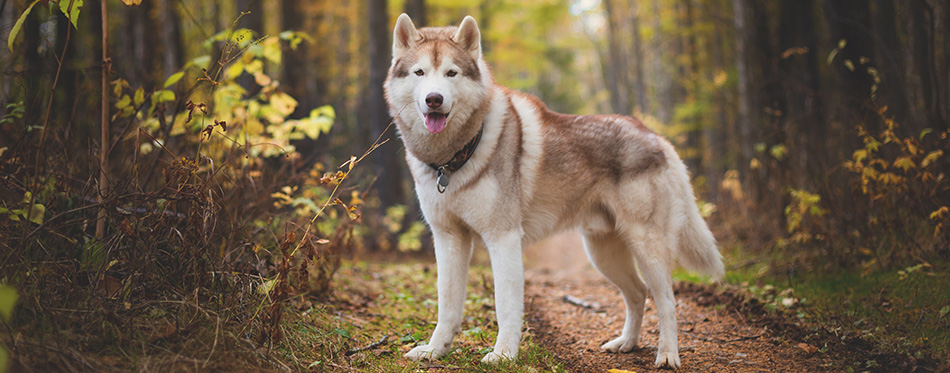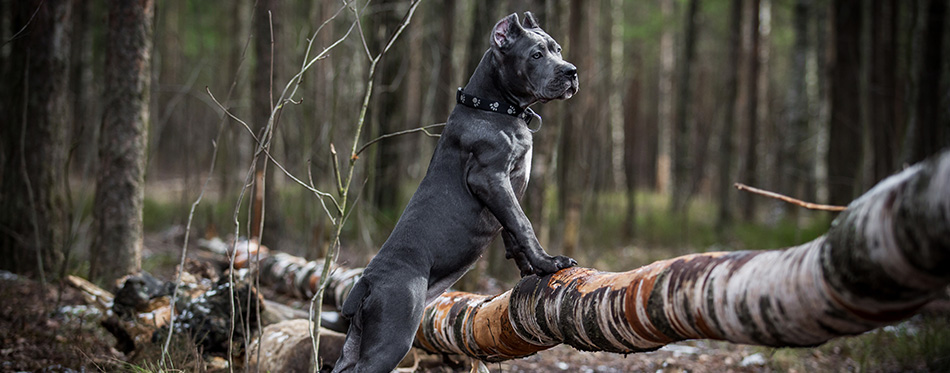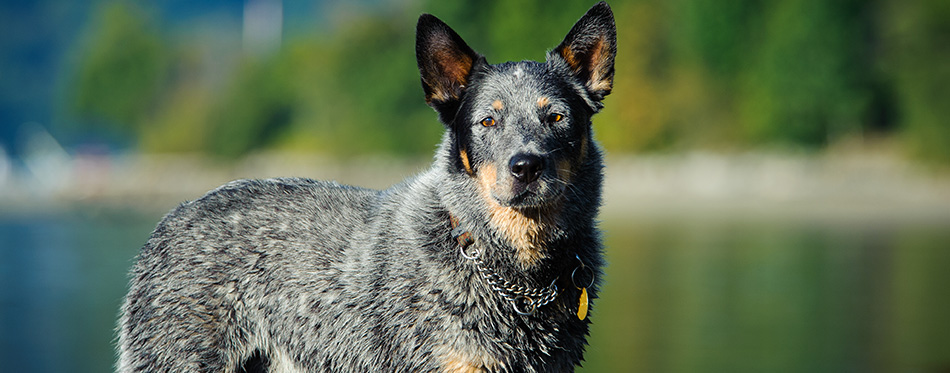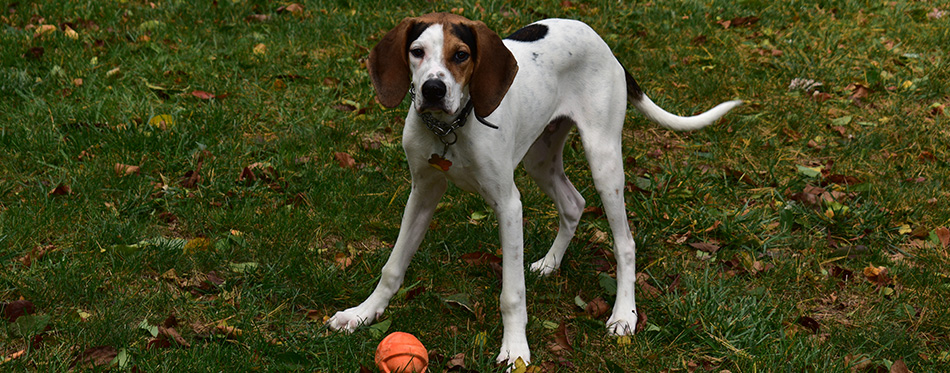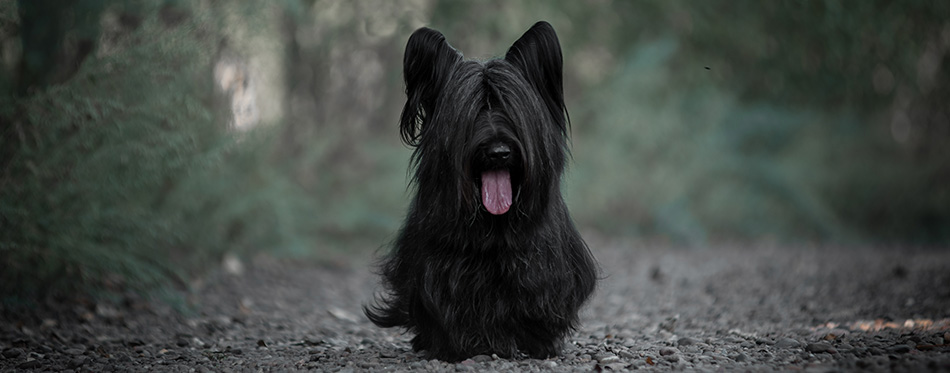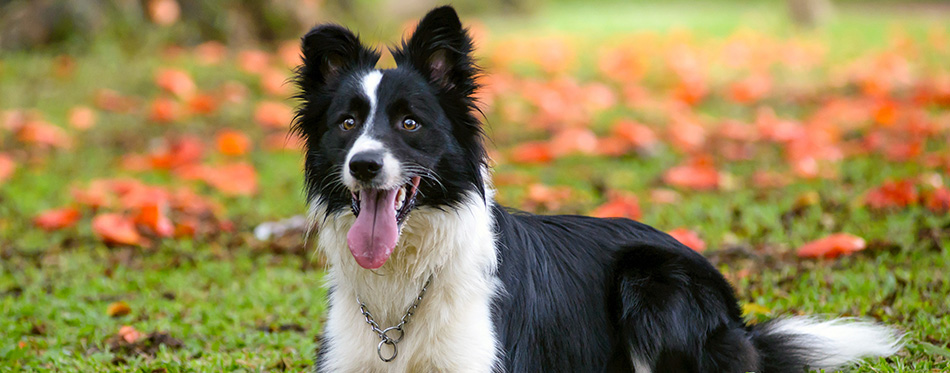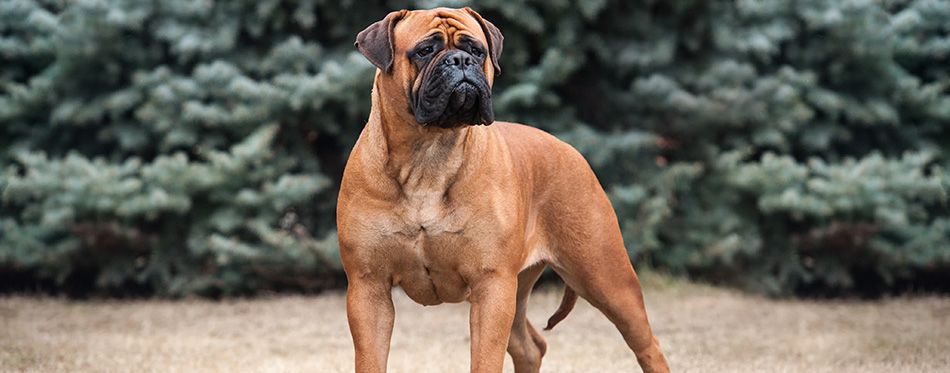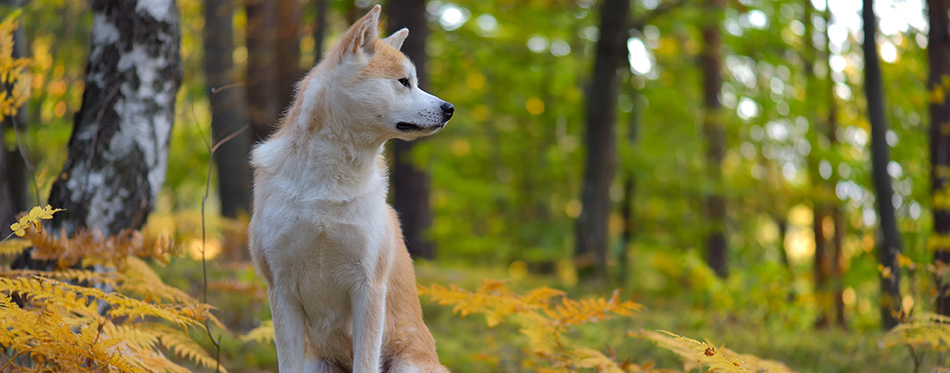Finding the perfect pup is never an easy task, especially for first-time dog owners. You want a dog that’s best suited to you and even which ones don’t work so well with your personality. That is why we have compiled a list of the worst dog breeds for first-time owners. There are so many beautiful breeds, and while many of them are great dogs for first-time owners, there are also quite a few that are not recommended. Here is our list of the top least compatible dog breeds for first-time owners based on various reasons. Take a look!
Chow Chow
As a first-time dog owner, the Chow Chow is the first one we’d NOT recommend. This dog is a powerful, medium-large breed. Their fluffy coat, round ears, and sad eyes may make this breed look very unassuming and cuddly. However, their teddy-bear appearance is quite deceptive, and this dog is not overly affectionate and acts independently.
Difficult Traits:
Their independent nature and sharp minds make them extremely stubborn and ignorant. For a first-time dog owner, the Chow Chow can prove very difficult to train. They will need a lot of it in order to keep their behavior in check. Their puffy look makes them an irresistibly cute puppy, but their upbringing can prove difficult. Chow Chows are a wary and territorial breed that can be aggressive towards other dogs and strangers entering the home. They are not recommended as a family pet due to their possessive natures and should be supervised when around young children.
Saint Bernard
A giant breed of dog, the Saint Bernard is very high on our list of the worst dog breeds for first-time owners. They are gentle and sweet, love to be around humans, and have been nicknamed “nanny dogs” because of their care around children. While they would be a wonderful family pet if raised correctly, they are a high-risk breed if you do it wrong.
Difficult Traits:
Due to their massive size, you have to be careful to train and socialize your Saint Bernard properly within their first 6 months of life. This method is to ensure you become the pack leader, while you can still exercise physical dominance over them. You want to teach them to walk nicely before they learn to pull you over and not to jump up on people (lest they end up part of a doggy pancake). They need a lot of general behavioral training. There are also physical elements to consider when purchasing a Saint Bernard. Their fur is very high maintenance and will require a lot of care. They are also prone to heatstroke, so will require a reliable way to cool down in hot weather, and they drool a lot.
Airedale Terrier
Perhaps not the type of dog you imagine when you hear the word “terrier”, the Airedale terrier is the largest breed in its category. They are a friendly breed that is eager to please, but there are several behavioral traits that make them incompatible for first-time owners.
Difficult Traits:
Airedale Terriers possess high intelligence and a stubborn nature. They benefit from obedience training, as their energetic personalities can get easily out of hand. They are notorious for digging and climbing, and are prone to attacking tables, trash cans, chairs, and your lawn. Airedale Terriers are a physically and mentally demanding breed that needs constant supervision. They like mischief, need plenty of exercise, and require constant mental stimulation.
Tibetan Mastiff
Much like the Saint Bernard, the Tibetan Mastiff is a very large, soft, and friendly-looking breed that can make a great family dog if raised right. But owing to the breed’s origin and history, the Tibetan Mastiff has made its way into our list of worst dog breeds for new owners.
Difficult Traits:
The Tibetan Mastiff was bred originally in the Himalayan Mountains as a guard dog to protect families against intruders. As you can imagine, guard dogs are difficult to train correctly. You need to socialize them immediately to avoid any possibility of hostility towards strangers. These dogs are highly intelligent, independent, and fiercely loyal to their families. They benefit from strict obedience training, which first-time owners may not have the time or money for.
Alaskan Malamute
Powerful and beautiful, the Alaskan Malamute is the largest and oldest sled dog breed in the world. They are happy, friendly dogs that would do anything for their family. That said, they are used to having a pack and not the best for first-time dog owners who aren’t prepared to assert their dominance.
Difficult Traits:
Alaskan Malamutes are notorious escape artists and require a very secure backyard. They shed constantly, need a lot of brushing, and blow their coats twice a year. This means when they shed, their hair lands everywhere. You will be eating fur with your morning cereal and taking it to work with you. Their thick coats also make them vulnerable to heatstroke in hot climates. They require a ton of training to stop them yanking against their leash, as it is in their nature to pull massive amounts of weight over extreme distances. To own a Malamute, you must be prepared to give them plenty of exercise, take them hiking, and even the occasional rock climb. Alaskan Malamutes possess a high prey-drive that can be a risk to smaller pets. Their boisterous nature also means they are not always safe to leave alone with young children.
Chinese Shar-Pei
The Chinese Shar-Pei is a strange-looking breed, with its many loose skin folds, sunken eyes, and gentle appearance. They make a devoted family pet, but new dog owners should consider these possible issues before purchasing.
Difficult Traits:
The Chinese Shar-Pei does not have a very high energy level and is happy to simply walk around the block. However, they can get bored easily and need regular mental stimulation. This dog breed comes with several health concerns, due to their many face-folds, which can start as early as when they are a puppy. The folds in their skin can cause chronic eye and skin problems that require constant treatment. This kind of care can make them high maintenance dogs with medical bills not suited for first-time owners. Due to their limited vision, they are naturally wary of strangers. This can make them standoffish and needing intensive training.
German Shepherd
The German Shepherd is a surprising addition to this list, as they are highly popular dogs. That said, they need extensive training to become the fiercely loyal, protective, and kind dog that everyone knows. They are versatile and historically known for their wide range of jobs. German Shepherds have been guard dogs, search dogs, guide dogs, and even simple companion dogs. But these traits are not easily achieved and their level of training could be too much for first-time owners.
Difficult Traits:
If you do not put a lot of effort into training German Shepherds, they can become aggressive, defensive, and disobedient. They are highly intelligent working dogs that require constant physical and mental stimulation. German Shepherds must be kept busy and active. They should not be just sitting around the house all day. Exercise keeps their legs strong, since this particular breed is prone to hip dysplasia. If you are not the athletic type, this dog is probably not for you.
Siberian Husky
If you are a first-time dog owner, think carefully about owning a Siberian Husky. While they can be friendly, chatty, and outgoing, Huskies can also by high maintenance for those just starting out.
Difficult Traits:
Originally bred as working dogs, Siberian Huskies are built for endurance and constant activity. This breed will put you in physical and mental demand. It isn’t even enough to have a big backyard. These dogs need plenty of exercise, as they have a high prey drive. They are not ideal in a house with other small animals. They are also stubborn, intelligent, and eager. These traits can make them some of the hardest dogs to train. All factors considered, the Siberian Husky would not make the ideal first dog.
Cane Corso
This breed is a strong, dominant dog, with excellent hunting capabilities. The Cane Corso is not best for first-time owners, as they’re a strong-willed breed that takes a lot of work.
Difficult Traits:
The Cane Corso was originally bred to track and hunt wild boars. This makes them extremely large and powerful dogs. The Cane Corso can be very aggressive. They need early socialization and strict obedience training to remain calm. These dogs also need plenty of exercise and lots of mental stimulation. Their suspicious and highly-alert nature can make them wary of strangers, which is not ideal for first-time dog owners.
Find out more about Dog Food for Cane Corso here.
Australian Cattle Dog
Originally bred as herding dogs, the Australian Cattle Dog is likely to develop a close bond with their working family. They are loyal and obedient, so long as you approach their upbringing properly. They are highly energetic, which could be problematic for first-time owners.
Difficult Traits:
Australian Cattle Dogs are notoriously stubborn workaholics. As with most working dogs, it is best getting this breed if you have an intended task for them to do. Cattle Dogs are easily bored, and once bored, can become destructive. Assigning them daily tasks gives them just enough mental stimulation. If not that, then it is best to plan a training and exercise regime to keep them busy. The strength and attitude of the Australian Cattle Dog requires a dominant approach to training. Otherwise, they will start doing things their own way. They also need plenty of space, which new owners may not have.
Find out how to Help Relieve Your Dog’s Boredom.
Treeing Walker Coonhound
The Treeing Walker Coonhound is a breed favored by hunters. They possess high energy, competitiveness, and a strong work ethic. Their floppy ears and soulful eyes give them a kind look, which, if raised right, becomes their behavior. But they have other traits that may not be the best breed for first-time owners.
Difficult Traits:
As hunting dogs, the Treeing Walker Coonhound is one of the most difficult dogs to raise in a city environment. They have a high prey drive, along with an insatiable appetite for work, exercise, and activity. They require plenty of space to run around, so a city home or apartment is an absolute no for this active breed. Rural life suits them better, so long as the country owner is prepared to commit. Treeing Walker Coonhounds need rigorous training to keep their minds stimulated, as well as their bodies.
Skye Terrier
This dog is sincerely loyal to their family and happy with indoor living. Because of this, the Skye Terrier breed seems like the perfect furry family addition. But it’s not only exercise you should think about when buying a dog. Temperament and the upkeep are also essential.
Difficult Traits:
Similar to the Chinese Shar-Pei, the Skye Terrier exercises excessive caution around strangers. This dog can have “little dog syndrome”; meaning they are defensive and standoffish with people and dogs they don’t know. The Skye Terrier also struggles with separation anxiety. Above all, we would not recommend the Skye Terrier to first-time owners because of their extremely long coats. These coats are incredibly high maintenance, needing constant brushing and trips to the groomer. Households with young children should be wary of this fact, as small children could get this beautiful dog’s fur matted very quickly, if they are not supervised.
Border Collie
Border Collies, though a much-loved breed, is one of the worst dogs for first-time owners. They are ideal working dogs: Determined, enthusiastic, relentlessly energetic, and intelligent. But, like every other dog on this list, they have their imperfections.
Difficult Traits:
Mostly a herding dog, the Border Collie needs a lot of room to run and expend their energy. The Border Collie possesses extreme intelligence, which demands a lot of mental stimulation. They need a job that can keep them busy, hence why they are often placed into farm life. Small living spaces are not ideal for this breed, as they live to roam and run. They can have an unpredictable temperament. They can be extremely friendly, then suddenly become irritable. The Border Collie also possesses a long, shaggy coat that is high maintenance. If you want one, you must be prepared to clean and brush them regularly to maintain their lovely black-and-white appearance.
Bullmastiff
Quite opposite to the breed’s origin and purpose, the Bullmastiff is a kind, docile, and devoted breed. They are loyal, trustworthy, and protective of their family. But there are negatives to this breed that may affect your choice as a first-time buyer.
Difficult Traits:
The Bullmastiff was bred as a watchdog, and because of this, can be overly defensive and aggressive with people they are unfamiliar with. Their massive size means you will need to establish a solid training method with them, preferably when they are still a puppy. This may prove difficult, as they are rowdy and stubborn in their baby days. They respond best to positive training techniques. Dog care for this breed is rather high maintenance, as they drool everywhere. You basically have to carry a mop with you wherever they go. Socializing is key with this breed, as it is the only thing that can maintain their naturally kind personality.
Japanese Akita
The Japanese Akita is a fiercely independent breed that is best suited to an individual owner. They make exceptional guard dogs. Their soft and friendly appearance often fools potential owners into thinking their personalities match. Don’t be tricked! The Akita is, in fact, one of the most difficult dogs to own and train. Not so great for a first-time owner.
Difficult Traits:
Originally bred for big-game hunting and ring fights, Japanese Akitas are immensely powerful. They possess a strong pre-drive. Because of this, they are not suited to households with other pets, young children, or couples. The natural urge to chase small creatures can cause this dog to run away without warning, sometimes taking their owner with them. They require daily exercise, a lot of early age socialization, and firm training to keep them in line. Their highly stubborn behavioral traits may make this difficult. They sometimes display aggression with strangers, toward both dogs and humans. They should be kept under constant supervision around young children or other pets. Their thick coat sheds constantly and needs regular brushing and the occasional grooming trip. They have a defensive and hyper-alert nature. They are not at all recommended for first-time dog owners; however, they can make amazing companions to a single, experienced owner.
Summary
When it comes to finding the perfect four-legged friend, you want to make the right choice. Be sure to carefully research your breeds of interest. Learn their ticks, backgrounds, and personalities. Find out how hard they’ll be to train, what maintenance they require, what health problems they may be prone to. You’ll even want to know what type of food they need, how intelligent or stubborn they are, and what sort of exercise they require. There is so much you can learn about your dog before you even meet them! By doing your research, you save you and your new companion a lot of difficulties down the road. This list of breeds might not be right for you, but surely the perfect pooch is out there somewhere! They are waiting for you to come and take them home.

